“With one bloody blow, I killed all that I loved on God’s earth.”
|
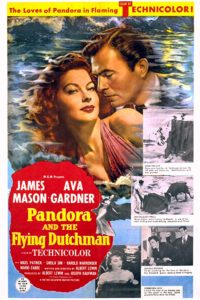
Synopsis:
An archaeologist (Harold Warrender) at a Spanish port town recounts the story of a seductive singer (Ava Gardner) who causes one suitor (Marius Goring) to commit suicide and another (Nigel Patrick) to ruin his beloved race car on her behalf, then swims out to a yacht and becomes instantly smitten with a mysterious painter (James Mason) who appears to recognize Gardner from somewhere. As secrets about Mason’s past with Gardner are uncovered, romantic loyalties become ever more entangled.
|
|
Genres, Themes, Actors, and Directors:
- Ava Gardner Films
- Fantasy
- Femmes Fatales
- Flashback Films
- James Mason Films
- Love Triangle
- Star-Crossed Lovers
Review:
Inspired by the legend of a ghost ship named The Flying Dutchman, this fantastical romance by writer-director Albert Lewin showcases Jack Cardiff’s luminous Technicolor cinematography in service of an oddly unsatisfying tale mixing realism and mysticism, and centering on a self-absorbed but drop-dead gorgeous femme fatale. Mason adds his typical nuance and gravitas to a rather thankless role as a mysteriously ageless man who committed a terrible mistaken deed at one point in his lengthy past and is doomed to wander the seas until he can redeem himself. None of it makes much logical sense; this film is primarily a feast for the eyes, as we’re shown exciting bullfights, a high-speed dusty car race, and Ava Gardner at her most intoxicating in an array of stunning outfits (and one strategically wrapped towel).
Redeeming Qualities and Moments:
- Jack Cardiff’s cinematography
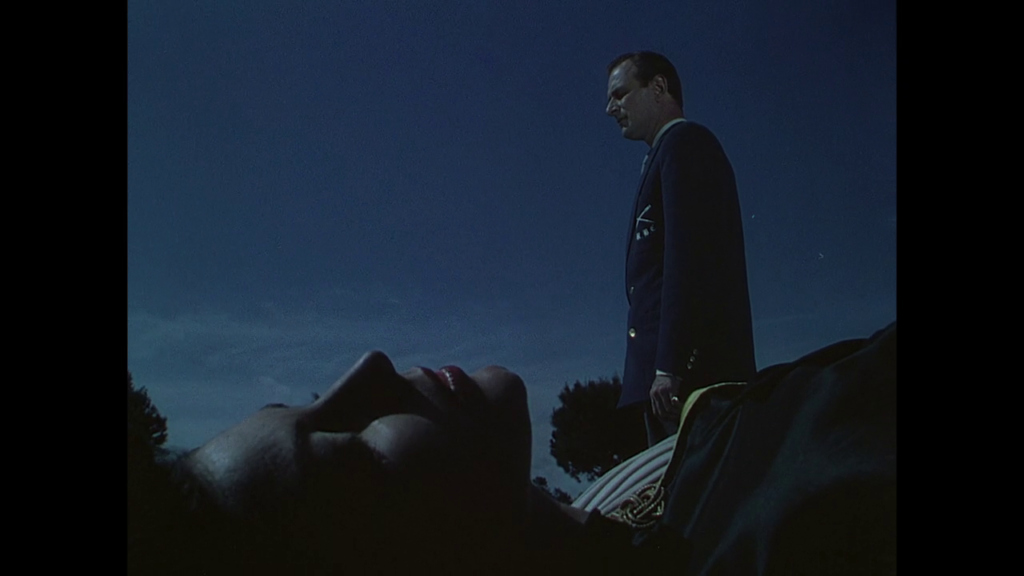
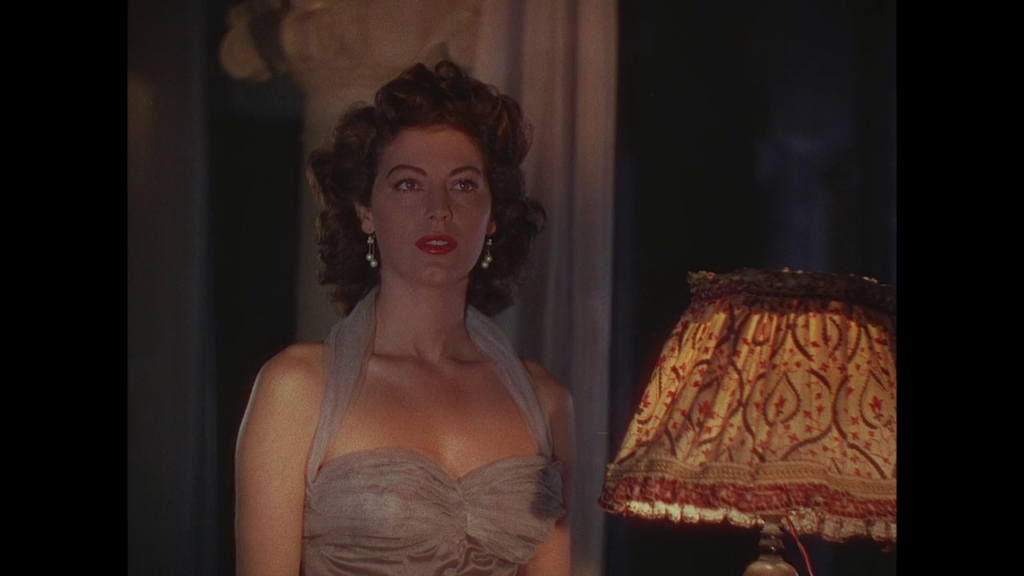
- James Mason as Hendrick van der Zee
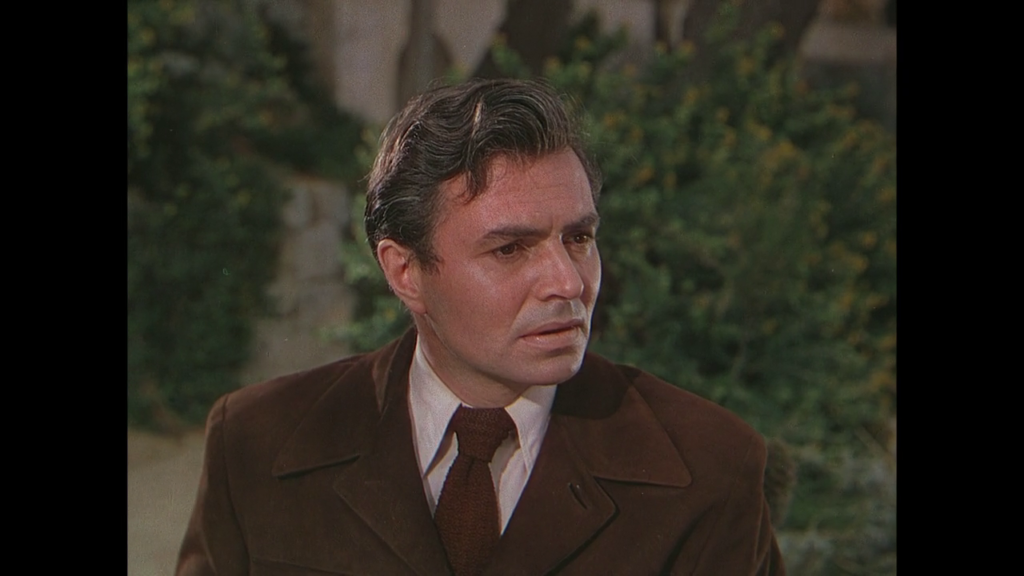
- Ava Gardner’s stunning gowns (by costume designer Beatrice Dawson)
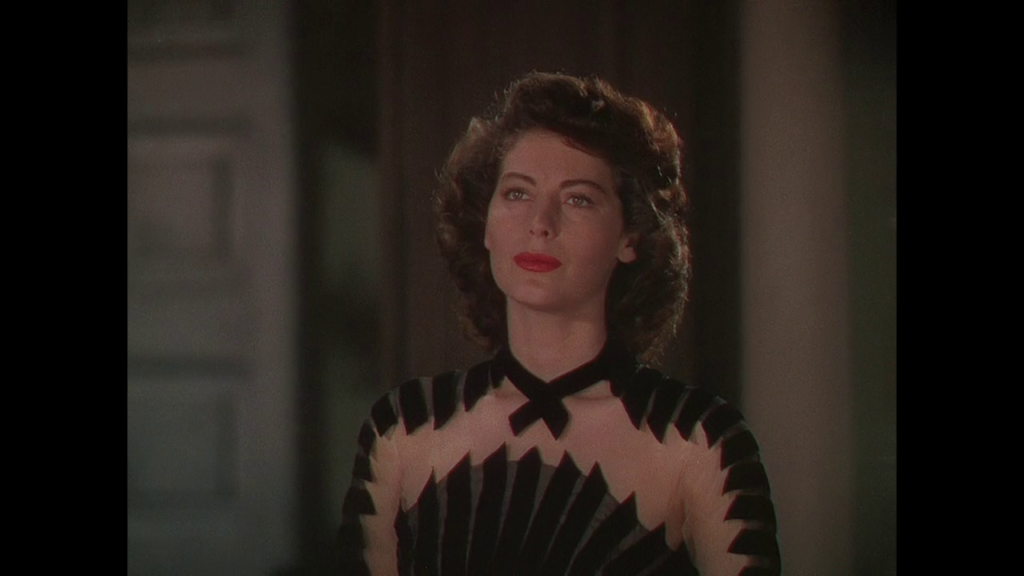
Must See?
No, though the cinematography is certainly worth a look.
(Listed in 1001 Movies You Must See Before You Die)
Links:
|





2 thoughts on “Pandora and the Flying Dutchman (1951)”
Not a must see.
A gorgeously lensed but rather emotionally cold film. Has good performances and is interesting but doesn’t really work. Has no real historical significance that I’m aware.
Not must-see – though die-hard romantics will likely seek it out and likely enjoy it.
Cardiff’s camerawork is certainly the highlight here – it’s quite wonderful (and Gardner certainly is a knockout). Esp. in his work through the ’40s and ’50s, Cardiff had a genuine talent for visually ‘entering’ the world of whatever project he happened to be engaged with – regardless of whether it was a worthy project overall (i.e., ‘Black Narcissus’ or ‘The Red Shoes’) or a less-worthy one (i.e., ‘Pandora…’ or ‘Under Capricorn’).
I would think that – ideally – the best camerawork is intended to augment what is *already* a solid film but, in a case such as this one, the viewer is more likely to be left appreciating a lot of pretty pictures with pretty colors.